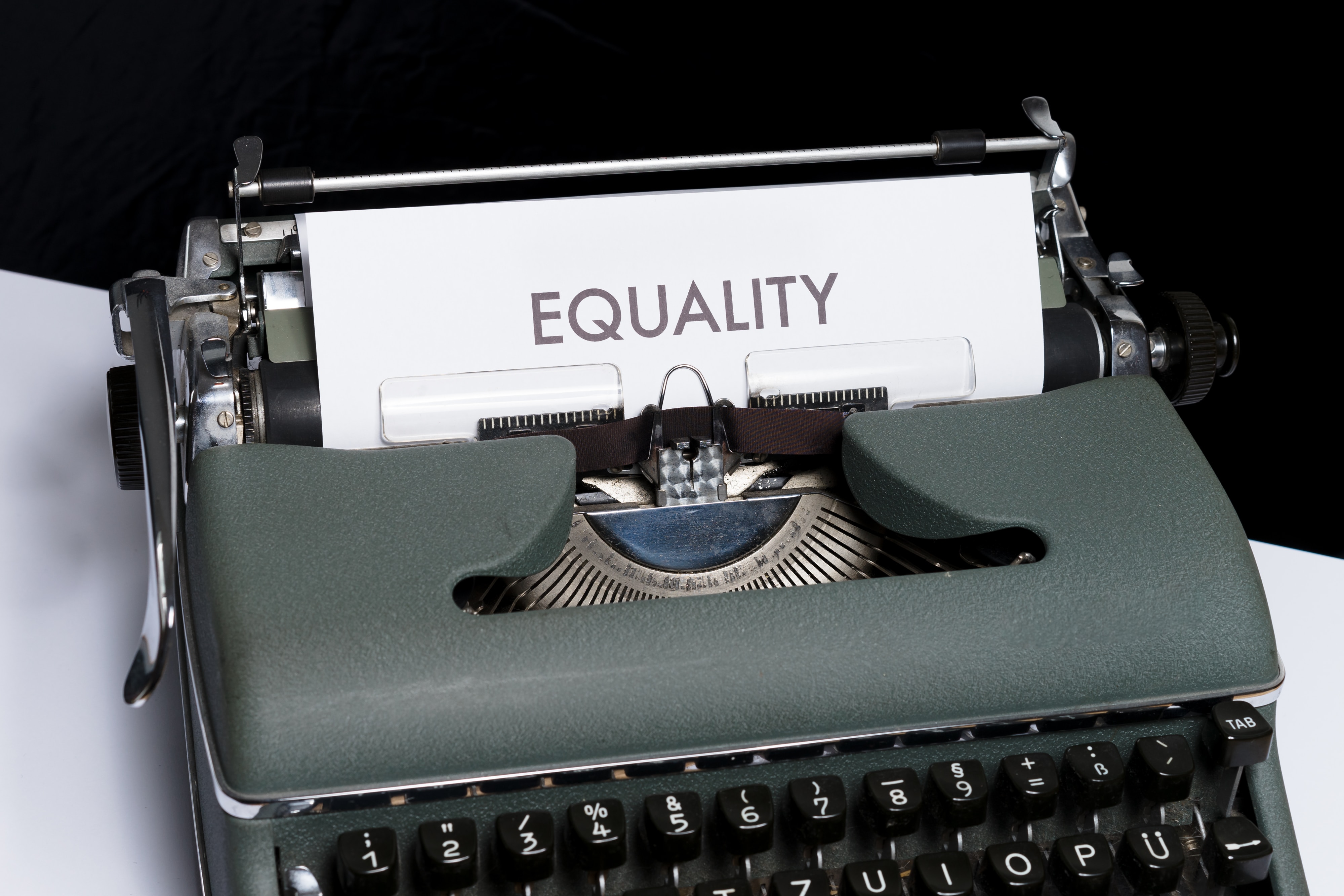
General equality rights can seem quite straightforward. But treating someone equally can become complicated when we apply the concept of equality to a specific government decision. How do we decide if a person has been treated equally in relation to a particular government decision? To what or to whom do we compare them?
Kenny Chng from Singapore Management University compares different approaches to deciding whether or not someone is entitled to equal protection under the constitution of a given jurisdiction, and proposes how best to apply constitutional equal rights to cases concerning discrete executive acts.
Read more about his research: https://doi.org/10.1017/lst.2022.33
Transcript:
Hello and welcome to ResearchPod. Thank you for joining us today.
In this episode we’ll be looking at the work of Kenny Chng, who carries out his important research within the Yong Pung How School of Law, Singapore Management University, Singapore.
Chng is currently comparing different approaches to deciding whether or not someone is entitled to equal protection under the constitution of a given jurisdiction. A key piece of the puzzle is determining the correct comparator for the subject of the equal protection case.
Let’s take a closer look at Chng’s latest paper and his proposal for how best to apply constitutional equal rights to cases concerning discrete executive acts – for example, the compulsory purchase of a parcel of land by a local authority.
Constitutions around the world generally feature a right to equal treatment. In his 2022 paper, Chng focuses on the general guarantee of equality under the law as opposed to specific rights that protect individuals against discrimination.
General equality rights can seem quite straightforward. But treating someone equally can become complicated when we apply the concept of equality to a specific government decision.
Indeed, how do we decide if a person has been treated equally in relation to a particular government decision? To what or to whom do we compare them?
For example, a land authority might impose a compulsory acquisition of a person’s plot of land for development purposes. In this case, who or what does the adjudicator compare the land owner to when deciding whether or not they have received equal treatment under the law?
Chng describes this conundrum as the “comparator problem.” And it is an important problem. How the comparator is chosen will determine whether there is an equality issue at all.
This is because equality demands that like cases be treated alike. Therefore, if the chosen comparator is sufficiently different from the subject of the government decision, a court cannot declare a violation of equal protection. There has been no contravention of the constitution because the subject and the comparator were never alike in the first place.
To come back to the example of compulsory land purchase, the subject of the order could mount a challenge on equal protection grounds if other adjacent plots had not been selected for compulsory purchase.
The problem is that a range of possible comparators could be used when examining actions such as this for contraventions of constitutional equality. For example, proximity to main roads or market value of the plots. In the case of geographical location, different plots would be in different specific geographical locations and so, on this basis, could not be a case of comparing like with like.
Chng’s 2022 paper specifically examines how courts in Hong Kong and Singapore, where equal protection is a constitutional right, have addressed this problem.
He critically evaluates the three types of approaches used in these jurisdictions as he sees them. He calls them the class-focused approach, the policy-focused approach, and justification-focused approach.
The class-focused approach hinges on whether the subjects being compared belong to the same class or different classes, as defined by the court. The policy-focused approach hinges on whether the treatment deviates from the moral requirements of equality in the specific administrative context. Finally, the justification-focused approach hinges on whether the alleged difference in treatment can be justified.
Let’s take a high-level view of the three different approaches, along with Chng’s arguments for or against each.
As Chng mentions, the class-focused approach requires a court to decide whether equal protection applies by first deciding whether the subjects being compared are in the same or different classes. If the judge decides that the subjects are in the same class, they will have equal protection under the constitution in case of differential treatment. This differential treatment then needs to be justified as rational or proportionate.
While the class-focused approach is clearly based on the fundamental principle of constitutional equality that “like should be treated alike,” Chng goes on to highlight some drawbacks of this approach.
Firstly, the court is left with little direction as to how to choose a suitable comparator for the subject of the case, opening up the risk of arbitrary reasoning.
This point leads Chng on to his second criticism: without this guidance on how to choose a suitable comparator, the court can incorporate implicit ideas about what kind of differential treatment can be justified when making its decision.
Finally, Chng argues that this approach might better openly incorporate value judgements about the definition of equal treatment in each case rather than allow the court to imply them covertly.
Similarly, the policy-focused approach also involves a two-step decision process. The questions for the court to consider are: 1) whether there has been differential treatment that instigates an equal protection concern, and 2) if so, whether the differential treatment can be justified.
Instead of focusing on the classes of the subject and comparator, the court directly determines the moral requirements of equality in the specific context of the case. So, the court’s decision will depend on what it deems to be the requirements of moral equality.
In discussing the drawbacks of this approach, Chng describes the double-edged sword of asking judges to decide what defines equality in each individual case.
Should judges bear the responsibility for articulating the moral requirements of equality, especially when moral judgements can be controversial? For instance, should a judge acknowledge a same-sex marriage granted in another jurisdiction despite the fact that same-sex marriages are not legal in the present jurisdiction?
Chng argues that a policy-focused approach may be preferable to a class-focused approach insofar as it transparently, rather than implicitly, applies moral assessments. However, the problem of having morally contentious considerations directly influence legal reasoning remains.
So, with these first two approaches featuring key drawbacks, Chng turns to discussing, and indeed recommending, a justification-focused approach.
The justification-focused approach focuses on whether the alleged factual differences in treatment can be justified.
Unlike the first two approaches, it emphasises the second step in the two-step process. The first step is satisfied so long as there has been a factual difference in treatment.
The justification-focused approach expresses the idea that the concepts of equality and justification are closely related. In other words, justification is the main factor in deciding whether like cases are alike.
Chng raises the concern that applying this approach when assessing equal protection places insufficient emphasis on the idea that equal protection is a constitutional right. However, he argues that a justification-focused approach actually enhances the honesty of legal reasoning. The approach encourages the closest relationship between the stated legal doctrine and the reasons that help courts to reach their conclusions.
Chng, therefore, believes that focusing on the justification is the most desirable approach to analysing equal protection based on a general right to equality in relation to executive action. He provides three main reasons for this conclusion: 1) it removes the arbitrary nature of requiring a judge to determine the suitable comparator, as in the class-focused approach; 2) it removes the onus on a judge to define the moral requirements of equality in the individual case before deciding whether there has been differential treatment, as in the policy-focused approach; and 3) it requires judges to openly declare, rather than simply imply, their reasoning for a decision in relation to a particular legal doctrine.
Professor Chng adds "I hope that my research here will go some way towards untangling these difficult and fascinating legal puzzles that have emerged as courts have grappled with the issue of how equality applies to various concrete situations.”
Chng’s paper may be most relevant to common law jurisdictions with generalised equal protection guarantees in their constitutions. However, the ideas might also be of use to courts in any jurisdiction that seek to apply constitutional equality guarantees to executive action.
We can also look forward to future research delving deeper into the question of how to rationalise the relationship between constitutional equality and administrative law.
For now, don’t forget to check out the links to the original research papers, linked in the notes for this episode, and stay subscribed to ResearchPod for all the latest research.
Thanks for listening. See you again soon.
Also published on: https://researchpod.org/arts-humanities/constitutional-equality-executive-action
Podcast is also available on Spotify, Apple iTunes, Google Podcasts, and many more (please use search term “ResearchPod”).
See More News
Want to see more of SMU Research?
Sign up for Research@SMU e-newslettter to know more about our research and research-related events!
If you would like to remove yourself from all our mailing list, please visit https://eservices.smu.edu.sg/internet/DNC/Default.aspx

